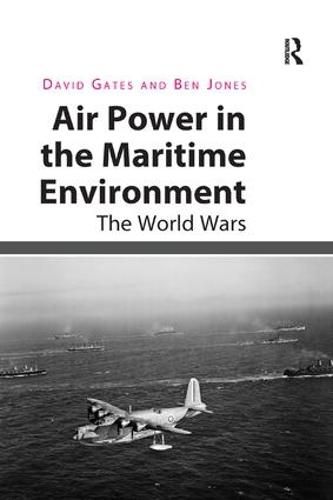Readings Newsletter
Become a Readings Member to make your shopping experience even easier.
Sign in or sign up for free!
You’re not far away from qualifying for FREE standard shipping within Australia
You’ve qualified for FREE standard shipping within Australia
The cart is loading…






This book explores the mingling of two rather different perspectives, those of the naval and aeronautical schools of thought, and the impact that they had upon one another in natural, professional and geopolitical settings. To explain the manner in which air power was incorporated into warfare between 1914 and 1945 it studies the deeds of practitioners, the limitations of technology, the realities of combat and the varying institutional dynamics and strategic priorities of the major maritime powers. It is underpinned by an appreciation of the geostrategic setting of the key maritime states, while addressing the challenges of operating in this multifaceted environment and the major technological developments which enabled air power to play an ever greater role in the maritime sphere. The potential for air power to influence warfare in the maritime environment was fully realised during the Second World War and its impact is demonstrated through an analysis of a wide range of the fleet operations and how it was utilised in the defence of trade and sea lanes. As such this book will be of interest to both naval and air power historians and those wanting a fuller perspective on maritime strategy in this period.
$9.00 standard shipping within Australia
FREE standard shipping within Australia for orders over $100.00
Express & International shipping calculated at checkout
This book explores the mingling of two rather different perspectives, those of the naval and aeronautical schools of thought, and the impact that they had upon one another in natural, professional and geopolitical settings. To explain the manner in which air power was incorporated into warfare between 1914 and 1945 it studies the deeds of practitioners, the limitations of technology, the realities of combat and the varying institutional dynamics and strategic priorities of the major maritime powers. It is underpinned by an appreciation of the geostrategic setting of the key maritime states, while addressing the challenges of operating in this multifaceted environment and the major technological developments which enabled air power to play an ever greater role in the maritime sphere. The potential for air power to influence warfare in the maritime environment was fully realised during the Second World War and its impact is demonstrated through an analysis of a wide range of the fleet operations and how it was utilised in the defence of trade and sea lanes. As such this book will be of interest to both naval and air power historians and those wanting a fuller perspective on maritime strategy in this period.